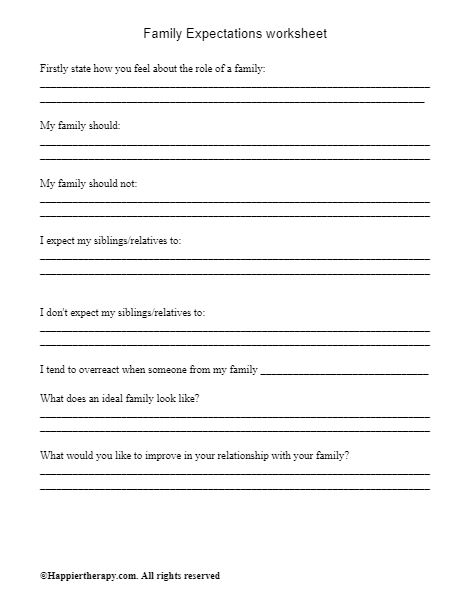
The burden of expectations significantly impacts family dynamics in food choices, often leading to conflicts and stress. This pressure to adhere to specific dietary preferences, often shaped by cultural norms and parental expectations, can create a challenging environment for both families and individuals. This article delves into the complex interplay of family dynamics and food choices, exploring the underlying causes, potential conflicts, and solutions for navigating these expectations. This exploration will include the cultural impacts on family food norms, the pressure on children to eat certain foods, the role of parents in setting healthy expectations, and creating open communication around food choices. We will uncover the various pressures influencing family food choices and discuss strategies for creating a more supportive and inclusive environment around mealtimes.
Cultural Influences on Family Food Norms
Exploring the Impact of Cultural Traditions
Cultural backgrounds often dictate specific dietary preferences, traditions, and customs surrounding food choices. These traditions deeply shape family norms and expectations around what is considered acceptable, healthy, and appropriate to eat. Examining the impact of culture on family food choices necessitates acknowledging the historical context of these customs. For example, certain cultures emphasize particular ingredients or cooking methods, which may not align with the dietary needs or preferences of other family members. These traditions can lead to both positive and negative consequences. On one hand, familial traditions provide a sense of belonging and connection to heritage. However, these traditions can also lead to exclusionary behaviors and feelings of pressure or inadequacy amongst individuals who don’t adhere to the established norms.
The Pressure on Children to Eat Certain Foods
Navigating Child Food Preferences
Children often face significant pressure to eat specific foods, sometimes despite a lack of interest or even aversion. This pressure can stem from various sources, including parental desires to ensure their children consume essential nutrients, and societal expectations about healthy eating. There is the challenge of striking a balance between providing nutritious foods and respecting the child’s autonomy. The pressure from both parents and peers can create significant stress, often leading to conflict around mealtimes. Understanding the reasons behind these pressures is crucial to effectively navigate these challenges. Ultimately, encouraging a positive and supportive environment around food choices can help children develop healthy eating habits and a positive relationship with food.
The Role of Parents in Setting Healthy Expectations
Creating Supportive and Inclusive Environments
Parents play a vital role in establishing healthy expectations and norms around food within the family. A key factor in creating healthy expectations involves being mindful of the child’s individual preferences and dietary needs. Parents should strive to create a supportive and inclusive environment where their children feel comfortable expressing their preferences. Effective communication about healthy eating habits is critical, while avoiding the use of food as a reward or punishment is important. Furthermore, parents should set a positive example by demonstrating healthy eating habits themselves. This can involve exploring various healthy food options together, participating in family meal planning and preparation, and making meals enjoyable rather than pressured.
Creating Open Communication Around Food Choices
Fostering Healthy Family Dynamics
Open communication about food preferences and concerns is essential for fostering healthy family dynamics. Establishing a space where individuals can express their needs and preferences without judgment is vital for reducing the stress and conflict associated with mealtimes. Strategies for open communication could include regular family discussions about food choices, taking time to understand each member’s viewpoints, and actively listening to the concerns of every member. This can involve setting clear expectations around mealtime behaviour, promoting the value of diverse preferences, and creating a sense of shared responsibility around the food on the table. Studies indicate that families who openly discuss their food preferences are more likely to have positive relationships and healthier eating habits.
Strategies for Navigating Mealtime Conflicts
Strategies for Managing Conflict
Mealtime conflicts are a common occurrence in many families. A key factor in navigating these conflicts is developing strategies to encourage open dialogue and understanding. These strategies should address the underlying causes of conflict and promote a more supportive atmosphere. Using positive reinforcement for healthy choices can also reduce stress and increase cooperation. This may involve recognizing and praising individuals for making healthy choices, or simply focusing on celebrating the joy of eating as a family. Creating a supportive environment can help families navigate these pressures and promote well-being for all members.
In conclusion, the burden of expectations surrounding food choices within families significantly impacts individual well-being and familial harmony. Understanding these pressures, and the resulting conflicts, is crucial for fostering healthier relationships and encouraging more flexible, open communication around food. Ultimately, creating a supportive environment where everyone feels comfortable expressing their preferences and needs is key to navigating these expectations and achieving a balanced approach to family meals. Embrace the opportunity to create a positive and inclusive mealtime experience for everyone. Take the next step by exploring resources for creating family mealtime conversations that celebrate diversity and inclusivity. Visit [website link here] for more information.